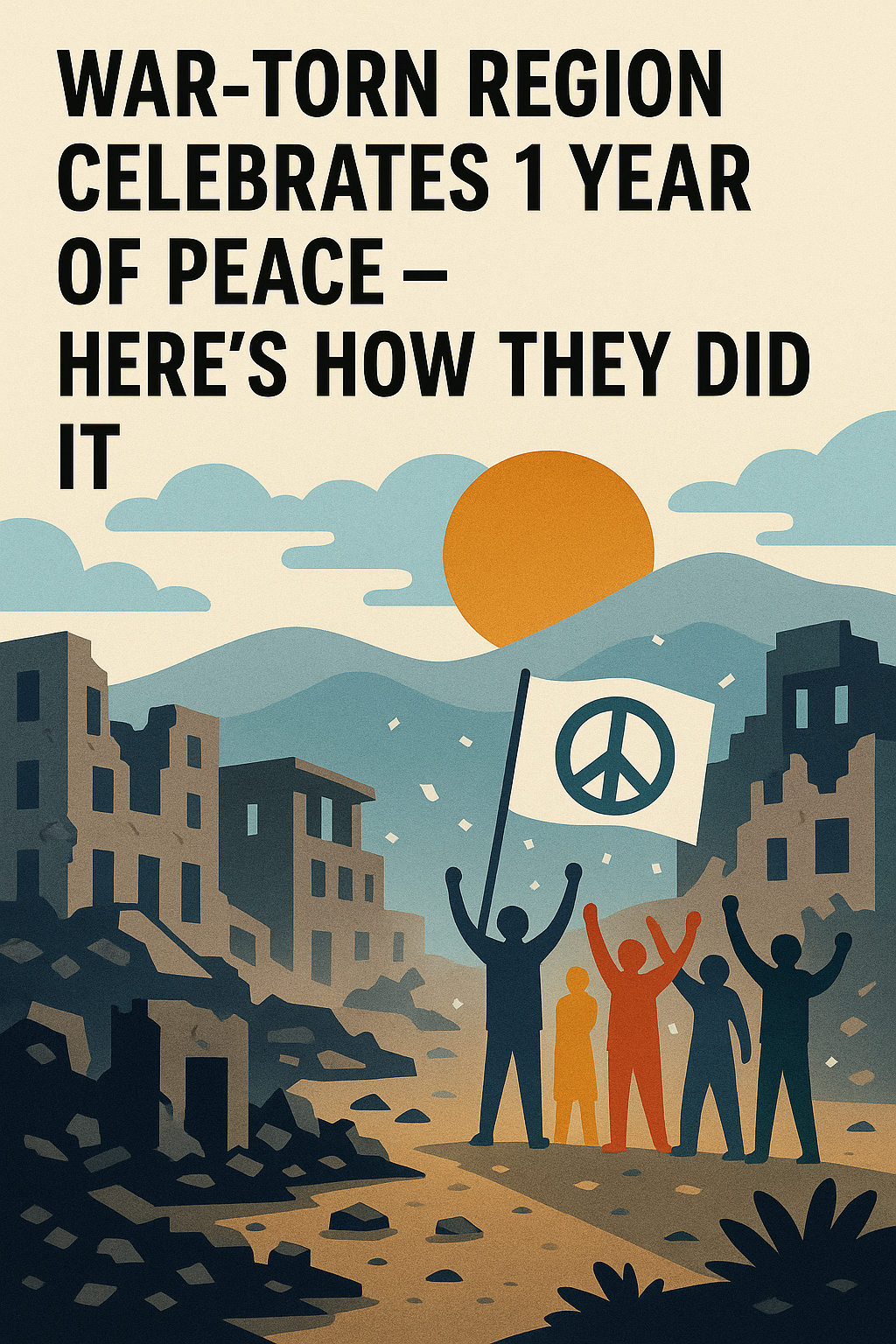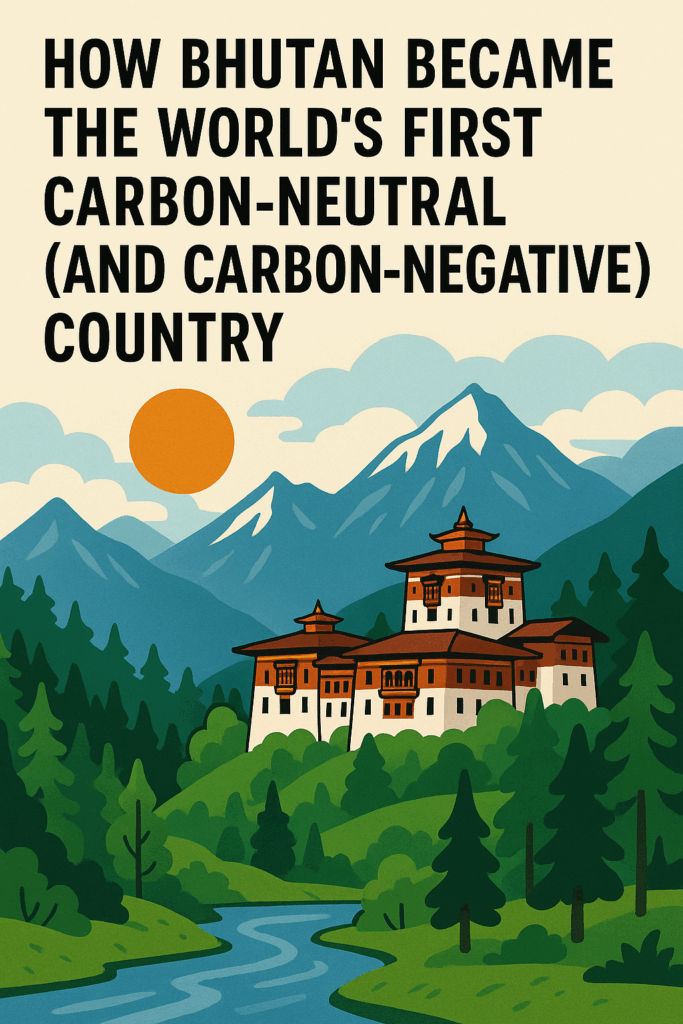War-Torn Region Celebrates 1 Year of Peace – Here’s How They Did It
After decades of conflict, [Region Name] has officially marked one year of sustained peace, a historic milestone that many believed was impossible. From brutal civil wars, ethnic clashes, or foreign interventions, this region’s journey to stability offers critical lessons for other conflict zones.
Here’s the inside story of how peace was achieved—and what it took to sustain it.
1. The Conflict: What Was the Fighting About?
(Example: If this were about Colombia, you’d explain FARC vs. government; if about Mozambique, RENAMO insurgency, etc.)
- Root Causes: Ethnic divisions, resource disputes, political repression, or foreign interference.
- Human Cost: Thousands dead, millions displaced, economies shattered.
- Failed Peace Attempts: Past ceasefires collapsed due to mistrust or outside meddling.
2. The Breakthrough: How Did the War Finally End?
A. A Credible Mediator Stepped In
- Unlike past failed talks, this time a trusted neutral party (e.g., Norway, the UN, or a regional bloc) brokered negotiations.
- Example: Norway’s role in Colombia’s 2016 peace deal or Kenya’s mediation in South Sudan.
B. All Sides Were Exhausted by War
- After years of fighting, no one could win militarily—both sides realized negotiation was the only way.
- Civilians pressured leaders with mass protests (e.g., Sudan’s 2019 revolution).
C. Economic Incentives for Peace
- International donors promised aid, investment, and debt relief if fighting stopped.
- Example: The EU’s support for Serbia-Kosovo talks.
D. Power-Sharing Deals (Not Winner-Takes-All)
- Instead of one side surrendering, former enemies shared government roles.
- Example: South Africa’s 1994 transition (Mandela & de Klerk).
3. The Hard Part: Keeping Peace for a Full Year
A. Disarming Fighters & Reintegrating Them
- Ex-combatants were given jobs, education, or land to prevent a return to war.
- Example: Rwanda’s post-genocide reconciliation programs.
B. Truth & Reconciliation Commissions
- Public hearings allowed victims to confront perpetrators without revenge killings.
- Example: Liberia’s post-civil war tribunals.
C. Strong International Peacekeepers
- UN or regional troops monitored ceasefires and prevented flare-ups.
- Example: UN mission in Côte d’Ivoire (2011-2017).
D. Economic Recovery & Jobs
- New factories, roads, and farms gave people hope for the future.
- Example: Bosnia’s post-war EU-funded reconstruction.
4. Challenges Ahead: Can the Peace Last?
- Spoilers: Hardliners on both sides may try to restart war.
- Corruption: If reconstruction money is stolen, frustration could boil over.
- Foreign Meddling: Neighboring countries or global powers might destabilize the region.
5. Lessons for Other War Zones
✔ Mediation works best when neutral & persistent (not rushed).
✔ Peace requires justice—but not vengeance (e.g., truth commissions).
✔ Jobs & investment are key to preventing relapse into violence.



Leave a Reply